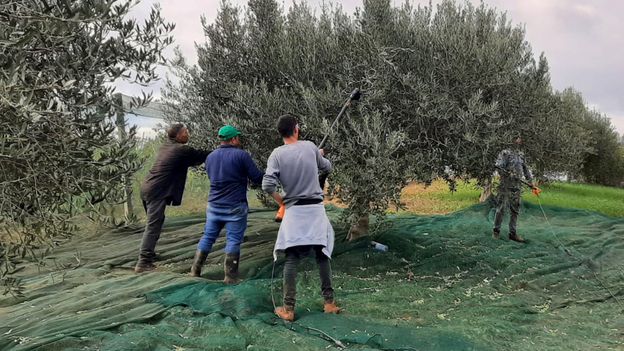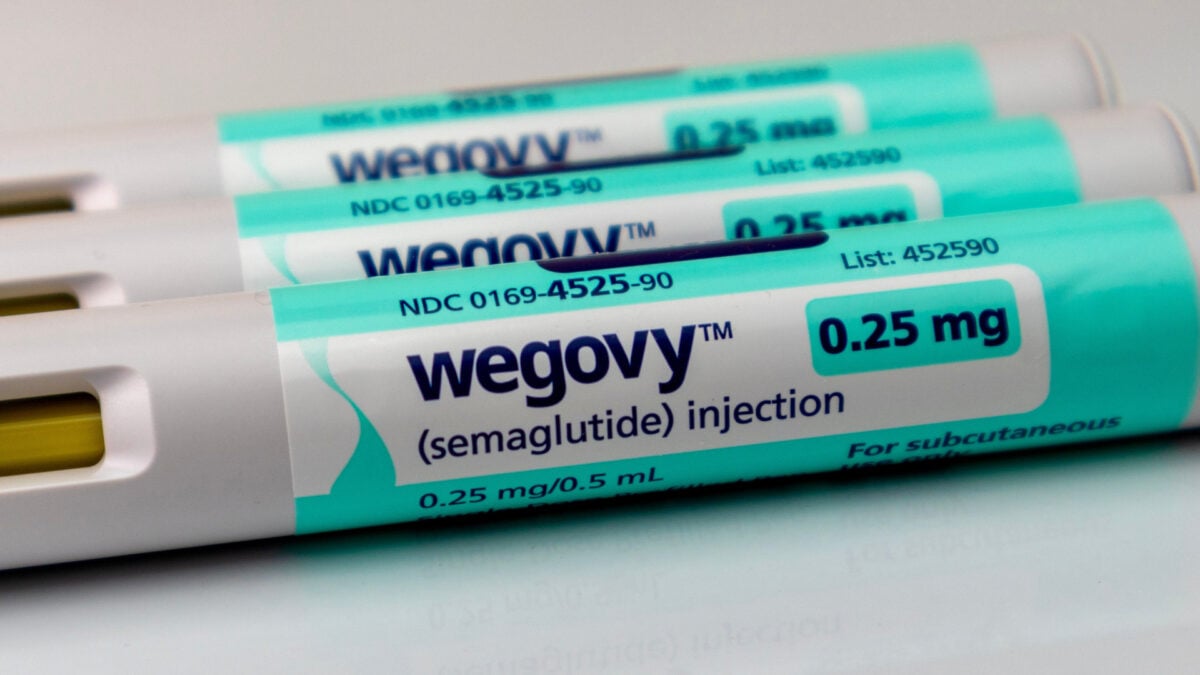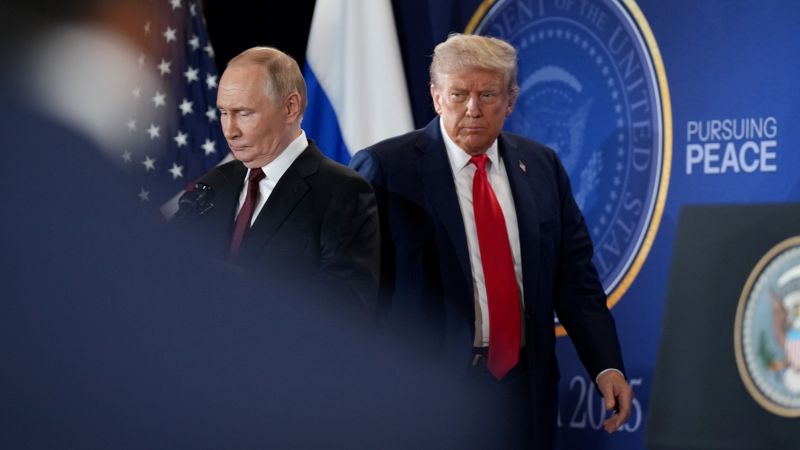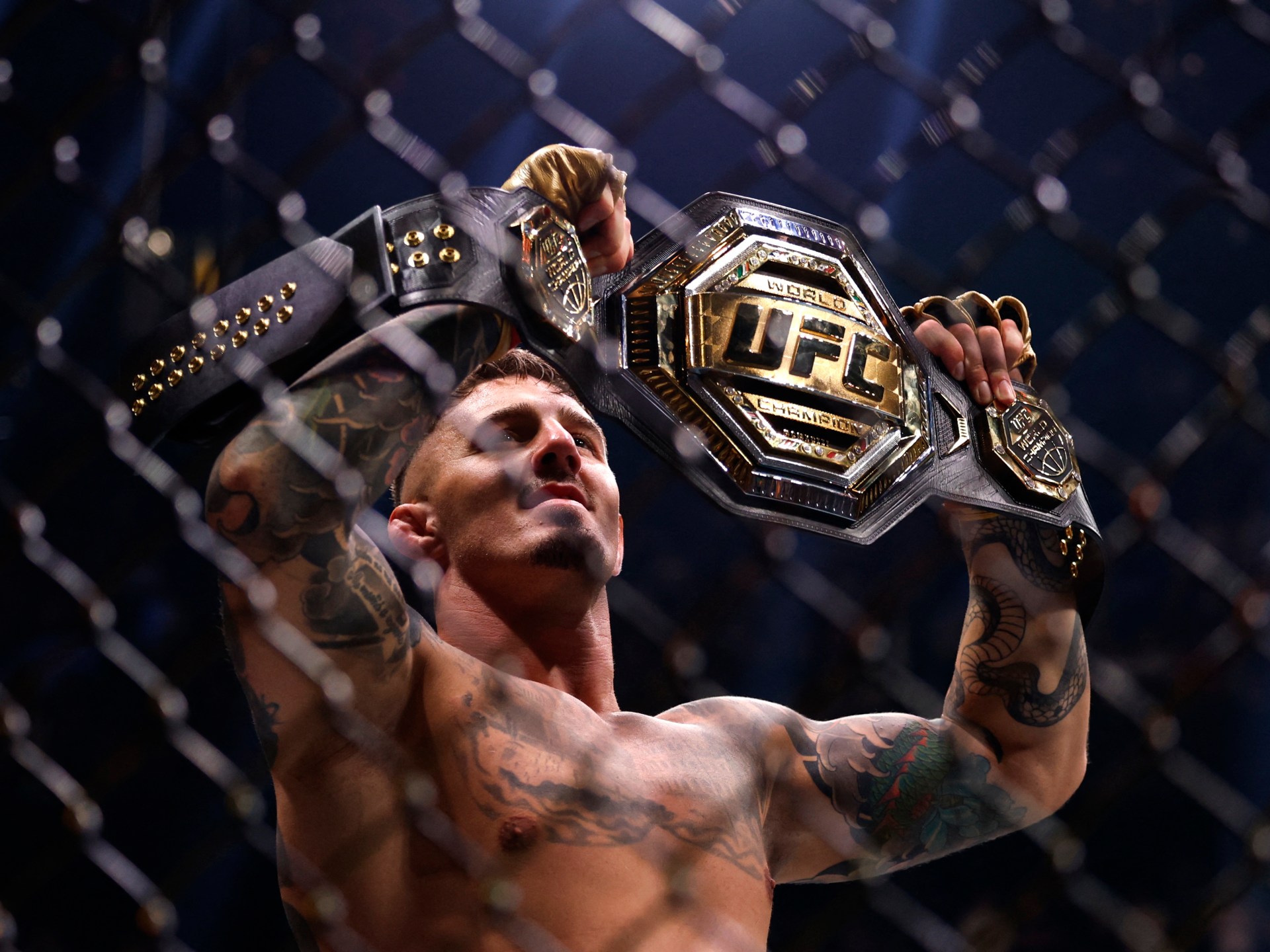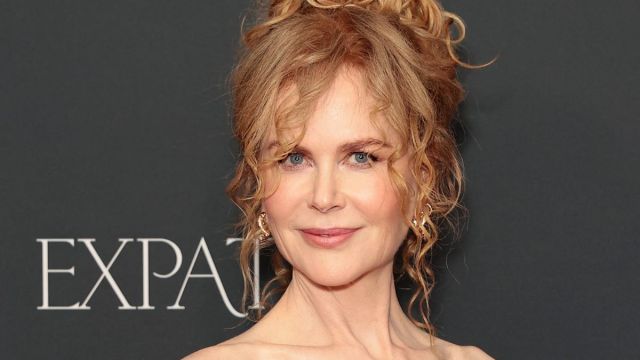When President Donald Trump hung up the phone after his talk with Russia’s Vladimir Putin last week, he was so convinced there was enough progress made that he announced he was heading soon to Budapest for an in-person summit.
Five days later, the summit was off and new sanctions on Moscow — the first of Trump’s second administration — were on.
What happened in between was a steady realization by the president and top officials that Putin’s stance on ending the war had not significantly shifted from the last time the two met on a US air base in Alaska, according to US officials.
Putin’s continued strikes on civilians in Ukraine, his maximalist demands on Kyiv to bring the war to an end and his refusal to agree to an immediate ceasefire all added up, in Trump’s mind, to a clear signal that nothing really had changed.
“It just it didn’t feel right to me,” Trump said Wednesday. “It didn’t feel like we were going to get to the place we have to get. So I canceled it.”
The wholesale reversal was cheered by Trump’s European allies and many of the president’s supporters, and condemned as unhelpful by Putin. After months of threatening new measures on Russia, only to stop short, Trump has now gone further than ever before in punishing the country for its war in Ukraine.
“I just felt it was time,” Trump said at the White House moments after the new sanctions were announced. “We waited a long time.”
Whether Trump’s new stance is permanent, or simply a temporary phase, is an open question. He has repeatedly zigzagged in his approach to Putin since returning to office, often influenced by his phone conversations with the Russian leader. And new pressure on global oil prices could test his willingness to withstand the potential fallout for American consumers.
There was no single moment that shifted the president’s thinking, according to a senior White House official. Instead, his view evolved as he found himself repeatedly disappointed that Putin appeared no closer to agreeing to end the war.
“Every time I speak with Vladimir, I have good conversations, and then they don’t go anywhere,” Trump complained Wednesday. “They just don’t go anywhere.”
A day after his call with Putin, Trump met over lunch in the Cabinet Room with Ukrainian President Volodymyr Zelensky. The meeting was tense, and the Ukrainians left having failed to secure the long-range Tomahawk missiles they’d been seeking.
But while Trump pressed Zelensky to agree to land concessions that would bring the war to a close, by the end of the meeting he’d arrived at a plan that would call for a ceasefire at the current battle lines — well short of what Putin has demanded for peace.
After a phone call Monday between Secretary of State Marco Rubio and Russian Foreign Minister Sergey Lavrov, it was clear to American officials that Moscow’s stance hadn’t significantly shifted, despite what Trump believed to be a positive conversation with Putin four days earlier.
The Budapest summit he’d hoped to arrange in a couple of weeks might be a “waste of time,” Trump speculated. Planning was halted.
Ahead of the announcement of the new sanctions on Wednesday, Trump sat down for a meeting where the topic arose with Treasury Secretary Scott Bessent, who has been a proponent of imposing sanctions on Russia for months.
This time, the president surprised even some of his closest advisers by agreeing to impose sanctions on Russia’s largest oil companies, Rosneft and Lukoil. Bessent returned to his office at Treasury to brief his team and compile the new sanctions into a release.
Shortly afterward, Trump spoke to Rubio — who was preparing to depart for a trip to Israel — and advised him that they would be imposing the sanctions immediately.
Back at the White House, Bessent teased the impending announcement in a roundabout way. After speaking with reporters in the driveway, he was walking back into the West Wing before he spun around and returned to the microphones.
“We are going to either announce after the close this afternoon — or first thing tomorrow morning — a substantial pickup in Russia sanctions,” he said as reporters scrambled to get their cameras back into place.
Inside the building, Trump was meeting in the Oval Office with NATO Secretary General Mark Rutte, who made the last-minute journey from Brussels as an emissary for European leaders hoping Trump would remain on Ukraine’s side.
Rutte could hardly have hoped for a better outcome, as Trump spelled out his sudden decision to make good on a threat he’d been alluding to for months.
“These are very big, those are against their two big oil companies, and we hope that they won’t be on for long. We hope that the war will be settled,” Trump said.
Even many inside the White House were surprised how quickly the new package of sanctions came together. Trump had told advisers for months that one day he would decide it was time to take stronger action on Russia. The president suggested to advisers that his “instincts” were telling him it was time to move in a different direction with Putin.
“It was the culmination of having good calls [with Putin] and then reading the papers and seeing Russia is still” bombing Ukraine extensively, the senior White House official said.
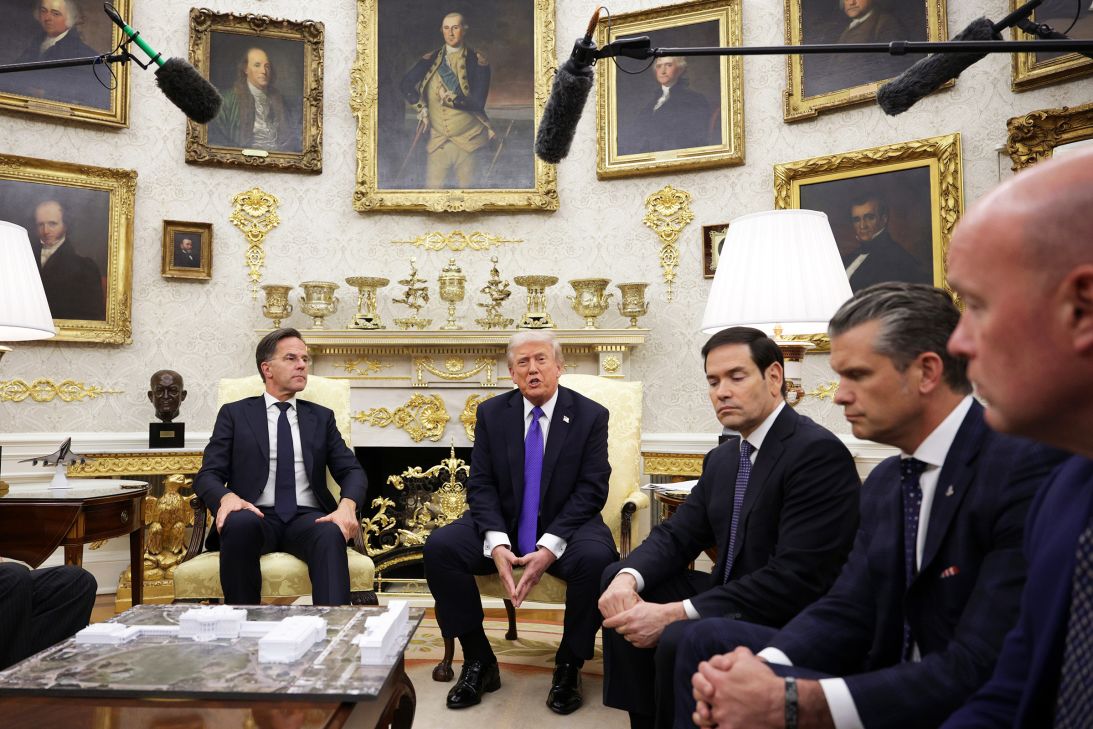
Hours before the announcement, Russia struck a Ukrainian kindergarten building in Kharkiv. Video from the scene showed terrified people running from the burning building, clutching screaming children.
Trump was also motivated by the truce he helped broker in Gaza, believing it only came together after he had grown increasingly tough on Israeli Prime Minister Benjamin Netanyahu.
“Getting tough led to action,” the official said.
Trump has received repeated calls from Sen. Lindsey Graham, along with other Republican allies, encouraging him to impose sanctions. After joining Trump for lunch in the Rose Garden on Tuesday, Senate Majority Leader John Thune told reporters he wanted to bring a long-delayed sanctions bill to the floor “when the White House believes it’s useful to them to get Putin to the table and to get a deal that ends the war, so we’re prepared to act.”
“We want to do everything we can to support the president, his team’s efforts and the efforts of our allies to bring the bloodshed to an end and a peaceful conclusion,” Thune said.
Starting in the days after he retook office in January, Trump has held out the option of using sanctions to force Putin to the negotiating table. He said on January 22, two days after he was inaugurated and one day after his onetime deadline to end the war, that he may have no choice than to “put high levels of Taxes, Tariffs, and Sanctions” on Moscow.
The threats continued through the spring and summer, but never materialized into new measures. Trump privately said he was concerned that tough new sanctions might push Putin further away from peace talks, officials have said – a viewpoint his top diplomat echoed in August.
“The minute you issue new sanctions … our ability to get them to table will be severely diminished,” Rubio said in an interview around the time Trump met Putin in Alaska.
Trump did apply new tariffs on India as punishment for its purchases of Russian oil. But he didn’t slap similar measures on Moscow’s largest customer, China, as he works to broker a new trade deal with President Xi Jinping.
Trump has not ruled out meeting Putin at some point in the future when he feels the time is right.
“I think the president and the entire administration hopes that one day that can happen again,” White House press secretary Karoline Leavitt said Thursday. “But we want to make sure that there’s a tangible, positive outcome out of that meeting, and that it’s a good use of the president’s time.”
First Appeared on
Source link





